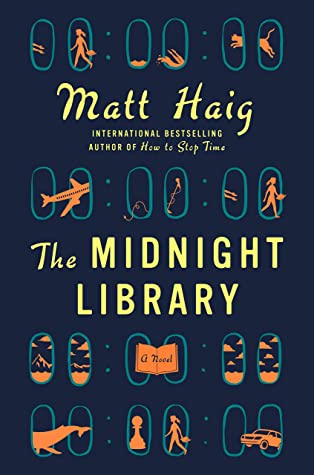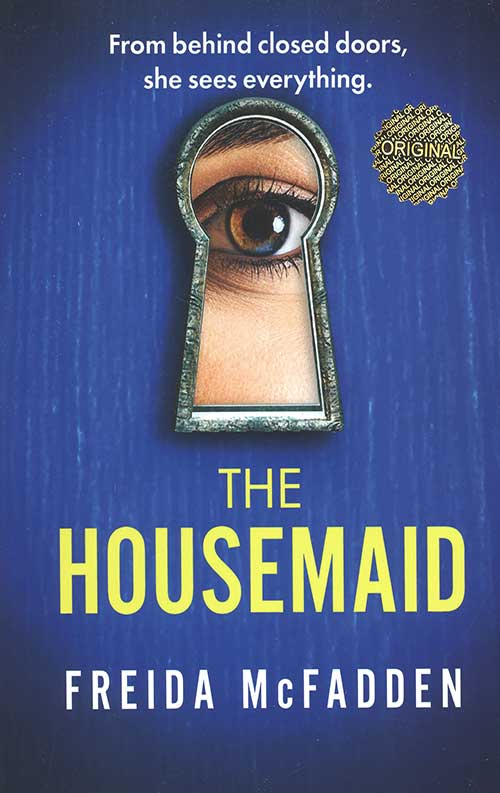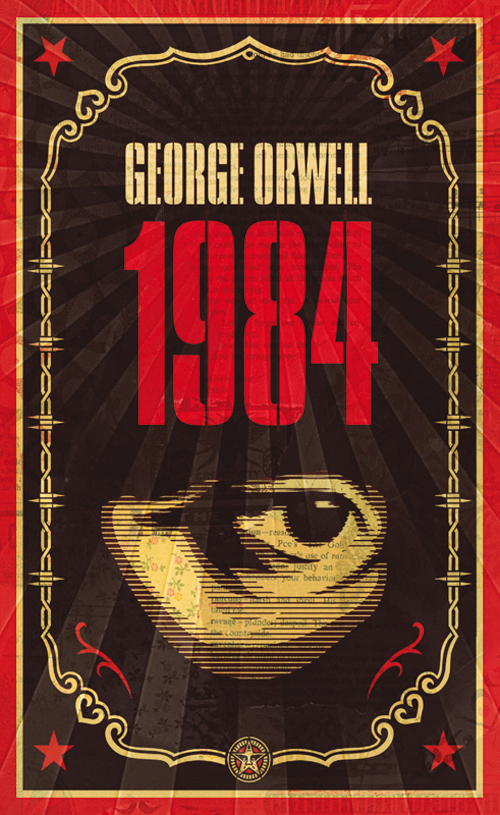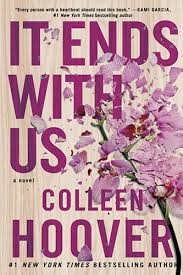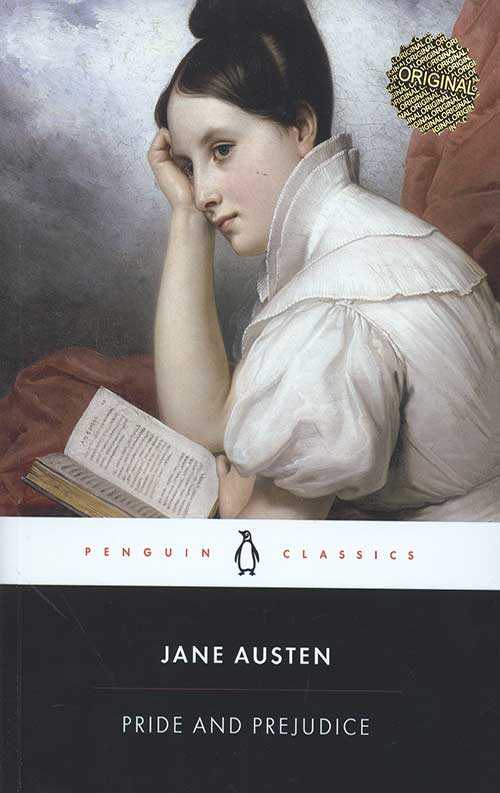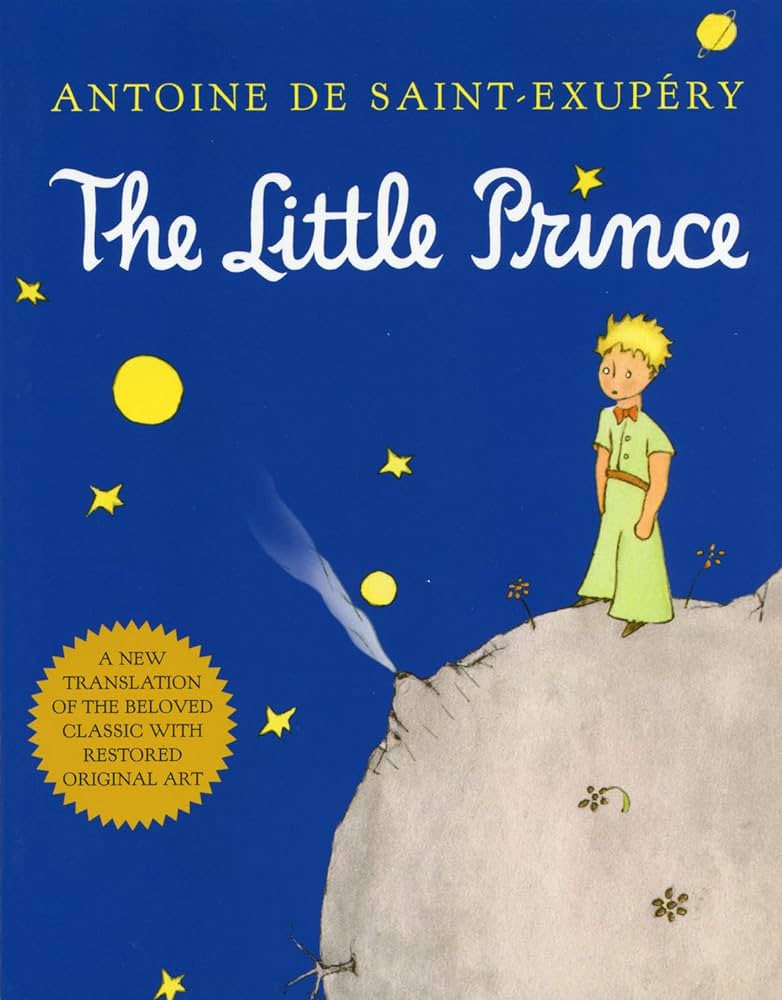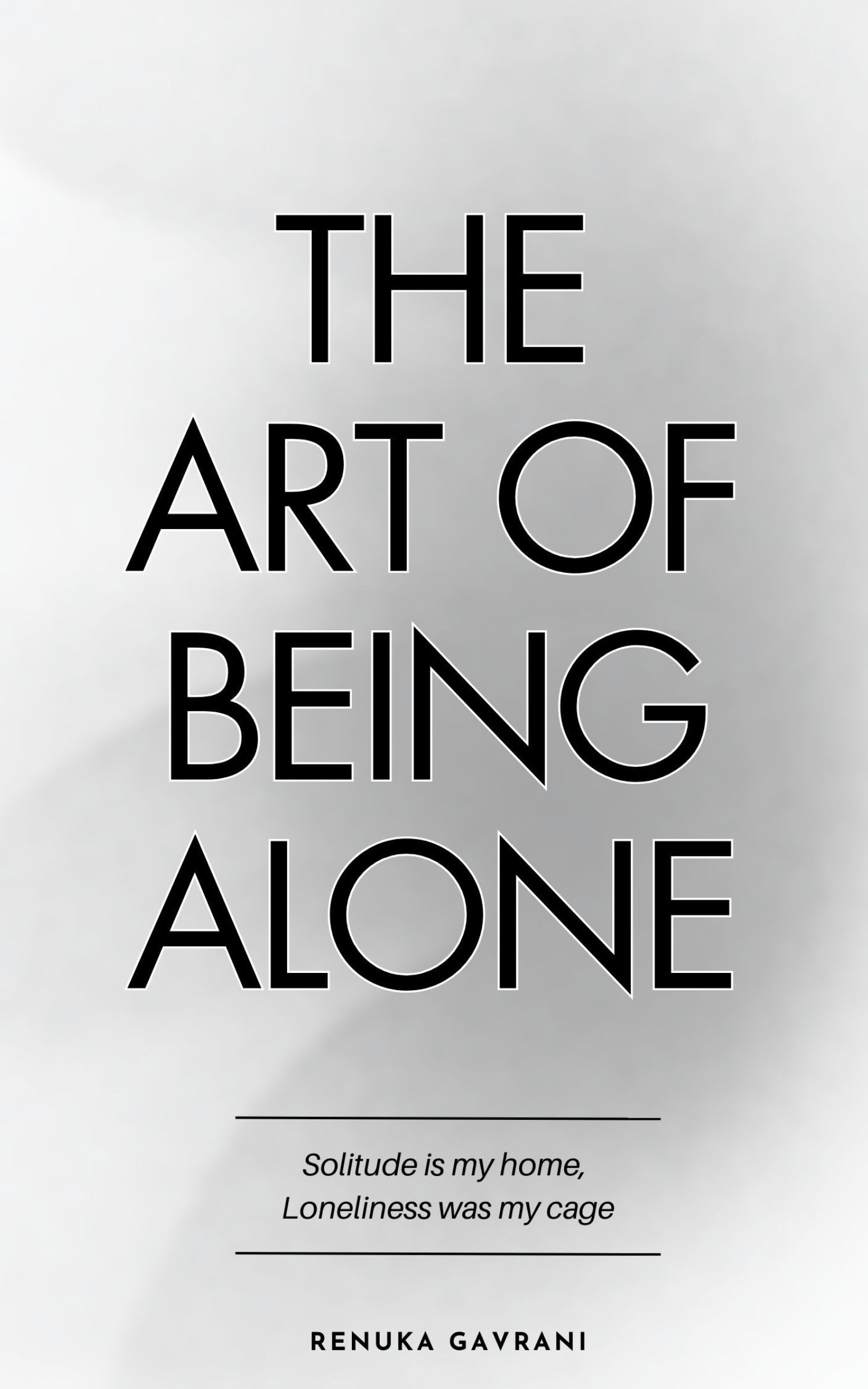00:00:00
At first the mist was so pervasive that she could see nothing else, until slowly she saw pillars appear on either side of her. She was standing on a path, some kind of colonnade. The columns were brain-grey, with specks of brilliant blue. The misty vapours cleared, like spirits wanting to be unwatched, and a shape emerged.
A solid, rectangular shape.
The shape of a building. About the size of a church or a small supermarket. It had a stone facade, the same colouration as the pillars, with a large wooden central door and a roof which had aspirations of grandeur, with intricate details and a grand-looking clock on the front gable, with black-painted Roman numerals and its hands pointing to midnight. Tall dark arched windows, framed with stone bricks, punctuated the front wall, equidistant from each other. When she first looked it seemed there were only four windows, but a moment later there were definitely five of them. She thought she must have miscounted.
As there nothing else around, and since she had nowhere else to be, Nora stepped cautiously towards it.
She looked at the digital display of her watch.
00:00:00
Midnight, as the clock had told her.
She waited for the next second to arrive, but it didn’t. Even as she walked closer to the building, even as she opened the wooden door, even as she stepped inside, the display didn’t change. Either something was wrong with her watch, or something was wrong with time. In the circumstances, it could have been either.
Matt Haig is the internationally bestselling author of several novels, including “The Midnight Library”. In addition to this captivating fantasy novel, he has written other notable works such as “How to Stop Time,” “The Humans,” and “The Radleys.” Haig’s versatility extends to children’s literature, where he penned “A Boy Called Christmas,” and he also shared his personal experiences in the memoir "Reasons to Stay Alive"12. His writing explores themes of identity, regret, and the human condition, making him a beloved figure in contemporary fiction.





